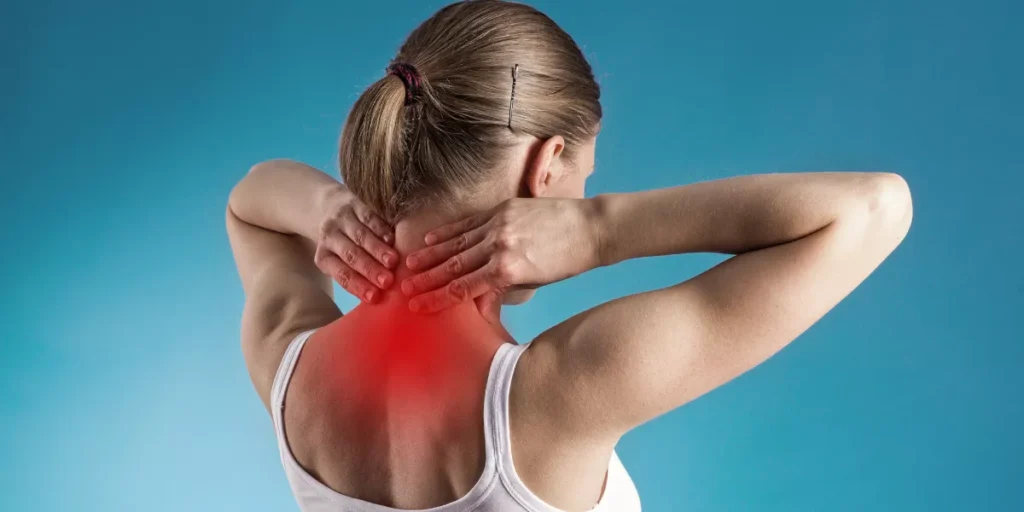
You may have noticed subtle changes in your body that raise concerns about your bone health. These signs could be early indicators of a condition that affects many women as they age. Understanding what to look out for can be pivotal in taking proactive steps towards maintaining your skeletal strength. So, what exactly are these signs, and how can you ensure you’re safeguarding your bone health effectively?
Bone Density Loss
If you’re a woman nearing middle age, it’s crucial to be aware that bone density loss is one of the early signs of osteoporosis. As you age, especially after menopause, your body’s ability to maintain bone density diminishes. This can lead to weakened bones that are more susceptible to fractures.
Regularly monitoring your bone density through tests like DEXA scans is essential in detecting osteoporosis early. These tests measure the strength and density of your bones, helping to identify any significant bone loss before fractures occur.
To combat bone density loss, incorporating weight-bearing exercises into your routine can help strengthen bones and improve density. Additionally, ensuring an adequate intake of calcium and vitamin D through your diet or supplements is crucial for maintaining bone health.
Fractures Without Major Trauma
Experiencing fractures without major trauma can be an early indication of osteoporosis in women. Osteoporosis weakens bones, making them more prone to breaking even from minor incidents. If you find yourself with fractures from activities that wouldn’t typically cause a break, it could be a sign to consider the health of your bones.
Fractures in the wrist, hip, or spine without significant injury should raise concern and prompt you to speak with a healthcare provider. These fractures, known as fragility fractures, can occur suddenly or from simple actions like bending over or lifting a light object.
Pay attention to any unexplained fractures, as they may signal underlying bone density issues. It’s crucial to address these fractures promptly to prevent further bone deterioration and potentially debilitating breaks in the future.
If you’re experiencing fractures without a clear cause, it’s essential to seek medical advice for proper evaluation and potential osteoporosis screening.
Height Loss
Fractures without major trauma can sometimes lead to another early sign of osteoporosis in women: height loss. As bones weaken due to osteoporosis, the vertebrae in the spine may begin to compress or collapse. This compression can cause a decrease in height over time, noticeable through changes in posture or a gradual reduction in overall stature.
Height loss is often a subtle but significant indicator of osteoporosis in women. You may notice that your clothes fit differently or that you aren’t as tall as you once were. In some cases, friends or family members might comment on your shrinking height. It’s essential to pay attention to such changes, as they can help in early detection and treatment of osteoporosis.
Regular monitoring of your height, especially if you’re at higher risk for osteoporosis, can be beneficial. If you observe a noticeable decrease in height or suspect osteoporosis, consult with a healthcare provider for further evaluation and appropriate management.
Back Pain
Feeling discomfort or soreness in your back can be a common early indicator of osteoporosis in women. This back pain is often caused by tiny fractures in the vertebrae due to weakened bones, a characteristic of osteoporosis. As the bones lose density and strength, they become more susceptible to fractures, leading to pain and discomfort in the back.
If you notice persistent back pain that doesn’t seem to have a clear cause, especially if it worsens when you bend or twist, it’s essential to consult with a healthcare provider. They can assess your symptoms, conduct necessary tests like bone density scans, and provide guidance on the best course of action.
Additionally, if the back pain is accompanied by other symptoms like height loss, stooped posture, or a decrease in overall mobility, it further raises concerns for potential osteoporosis. Early detection and management of osteoporosis are crucial in preventing further bone loss and reducing the risk of fractures. Therefore, addressing back pain promptly can help in the timely diagnosis and treatment of osteoporosis.
Health and fitness














